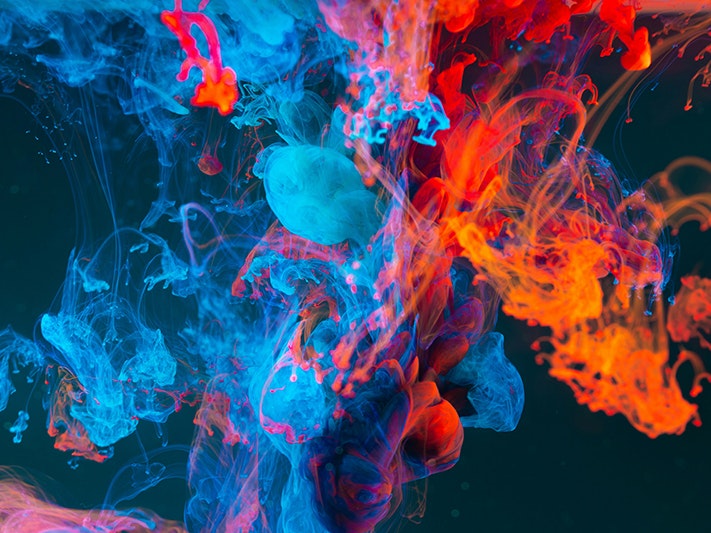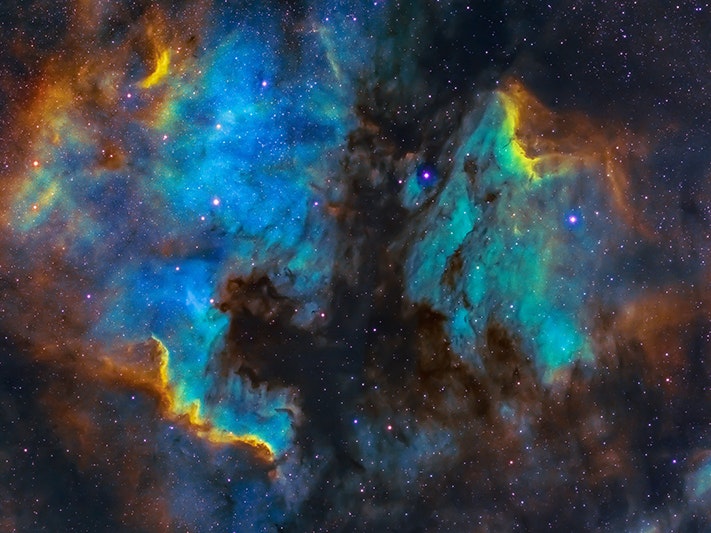
Activity A: Tihei mauri ora!
Explore the beginning of time in Aotearoa through pūrākau (stories).
Free museum entry for New Zealanders and people living in New Zealand
Open every day 10am-6pm
(except Christmas Day)
Free museum entry for New Zealanders and people living in New Zealand
Explore the magical connections that exist in whakapapa and imagine the place for human beings inside a thriving web of life.
|
He pitopito kōrero Whakapapa is far more than genealogy. It is a type of cosmology that makes connections between all the parts of te taiao. Whakapapa is a cosmoscape for the living ecosystems of Aotearoa. It records how things relate to each other and has developed from a deep observation of te taiao. From soaring kārearea to bustling bees, every living creature has its place in whakapapa. Sometimes these connections seem surprising because whakapapa notices the relationships between species, rather than the species groups themselves. The whale and kūmara are brothers, as they are both considered high-value food sources and descend from the atua Rongo. The tuatara and shark are siblings as they are both considered fearful. The kōura and river stones are siblings as they both have hard outer layers and dwell in fresh water. There are thousands of stories that detail how kin in te taiao are connected and related. In whakapapa, human beings are the very youngest siblings of the children of Tāne. As the youngest child, we are not the master but are called on to be in humble service to all the older children of Tāne. In tikanga, this is both a responsibility and an obligation. Whakapapa shows us that:
– Bradford Haami, as well as Mere Roberts |
Explore the pūrākau that explain te taiao around your neighborhood, or community. If the pūrākau are about toroa, go to the sea. If the pūrākau are about akeake and mānuka go to habitats in which they are growing. Spend time in te taiao, whilst listening to these pūrākau.
|
Discuss:
|
Discuss with a friend the connections that exist in the natural ecosystems that are around you. Take a camera or digital device into te taiao and try to capture close-up photos of different parts of te taiao that rely on each other. Play around with zooming in and really noticing the fine details of what is alive around you and the ways they are reliant on each other.
Aphid feeding on a carnation leaf, by Steve Rumsey, 27 June 1967. Purchased 1998. Te Papa (O.027672)
Print and display your ecosystem prints in a collage. You may like to add string between the photos with annotations to explain the connections and how they are related to each other.
Alternatively, do this activity with a pencil and paper, and draw the elements of te taiao that are in relationship with each other. Really try to zoom in on the patterns and features of te taiao. You might want to create simple wood block prints of patterns that you see.
Stamp blocks. Photo by Te Papa
These days we are able to buy any food at any time at the supermarket, but back in the day you had to plant and gather these foods yourself. Imagine the ways in which you are reliant on living things around you. If you were to draw lines of connections between you and all that you need to thrive, what would you include in a mindmap.
Begin by discussing the importance of te taiao and the way that you are reliant on its wellbeing. Draw a mind map of these connections, using images and symbols. Compare your mind map with someone else who has done the same.
|
Discuss: What do you have in common across your mindmaps? What are some of the differences? |
Using collage elements from magazines, or a digital collage tool, develop this visual map of the way you relate to the living world around you further. Try to go back as far as you can. For example, if you have identified a reliance on supermarkets, delve further back into the chain of connections to the cultivated gardens, oceans, soils, and farms. Once you have a visual mind map back to te taiao, then connect these dots back to atua, and their pūrākau.
|
Discuss: What are the connections we have with atua through our everyday lives? In what ways is our own well-being braided into the well-being of atua? |
Understanding ourselves in a woven relationship with te taiao is an integral part of mātauranga Māori. Many whakataukī capture this in many ways. Research whakataukī that show our reliance upon a thriving natural world. Collate a set of whakataukī that inspire and motivate you. Write the whakataukī, with its translation and a description of how it can help you to live in balance. Design a set of cards with these whakataukī on them that you can read and visit daily as affirmation cards..

Explore the beginning of time in Aotearoa through pūrākau (stories).

Take a mind-bending journey to find our place in the vast cosmos of time and space.

Go down amazing wormholes with this curated suite of links.